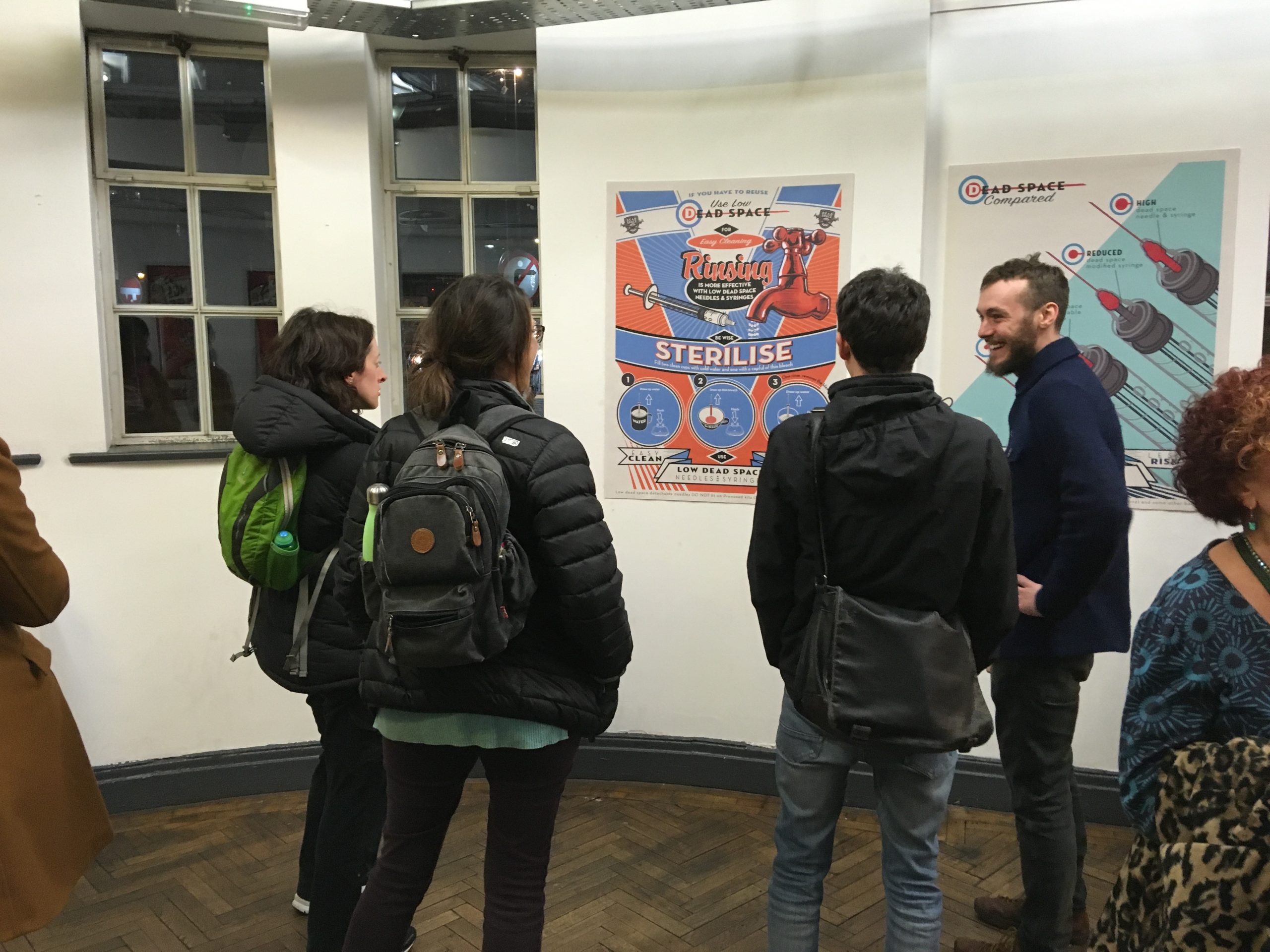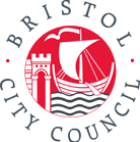Low dead space materials launched at Bristol event
More than 70 people gathered to hear about a project to produce materials to promote the use of safer low dead space injecting equipment on Thursday 24 January.
- 31st January 2019
More than 70 people gathered to hear about a project to produce materials to promote the use of safer low dead space injecting equipment on Thursday 24 January.
The audience, which included researchers and harm reduction professionals, people who inject drugs and people in recovery, as well as interested members of the public, heard from many of the people involved in the project.
Low dead space injecting equipment has less space between the needle and the plunger after injecting. Blood and drug remain in this space, so if needles are shared the risk of spreading blood borne viruses such as HIV and Hepatitis C is lower when there’s less space for blood to be left in the equipment. The traditional injecting equipment with detachable needles supplied by needle and syringe programmes has a higher volume of dead space.
Jo Kesten, Senior Research Associate at NIHR CLAHRC West and the academic lead on the project, chaired the event. First off, Andrew Preston from Exchange Supplies, who have pioneered low dead space equipment for people who inject drugs in the UK, talked about how they developed the equipment and the scientific evidence that underpinned this.
Jo then described the CLAHRC West research with Bristol Drugs Project (BDP), where service users and BDP staff were interviewed about preferences and attitudes to the low dead space equipment. This research led to the project to produce the materials.
Deborah Hussey, an Assertive Engagement Worker from BDP who joined CLAHRC West on secondment to develop the materials, then talked about her experiences visiting needle and syringe programmes around the UK. She also described how she selected the BDP service users who went on to become co-designers of the materials.
Then two BDP service users who were part of the group of co-designers described their involvement. For many, this was the highlight of the event. The co-designers talked openly and passionately about how they felt central to the design process, and that the end products truly reflected what they had wanted to achieve. They had felt listened to and respected throughout.
Finally, Michael Linnell, the designer who created the materials and who has a track record of more than 30 years of producing harm reduction materials, reflected on the project. It was his way of working with the service users during the design process that made them feel ownership of the end result.
The talks were then followed by the premier of the animation that brings all the materials together.
Deborah Hussey said:
“As an Assertive Engagement Worker at Bristol Drugs Project, my day job is to help out the person in front of me. But this project has allowed me to help people who inject drugs at a population level, expanding the scope of my passion for harm reduction considerably. It’s been an honour to represent Bristol Drugs Project in this collaboration with CLAHRC West. To see the service users who worked with us on the project talk about their experience was the highlight of the event for me.”
Jo Kesten said:
“Working with Deb on this has been a great experience, as was hearing the Bristol Drugs Project co-designers talk about their reflections on the project. Our central aim was to produce materials that resonate with people who inject drugs, and that aren’t judgemental or patronising. The co-designers talked with such passion about the project. I got a real sense of how much pride and ownership they feel of the end result.”
The materials are now available to order on Exchange Supplies’s website, with the videos available from Michael Linnell’s website.

This project was a collaboration between CLAHRC West, NIHR Health Protection Research Unit (HPRU) in Evaluation of Interventions at the University of Bristol, Bristol Drugs Project, Exchange Supplies, Public Health England and the Bristol Health Partners Drug and Alcohol Health Integration Team (HIT). It was funded by the Economic and Social Research Council (ESRC).






